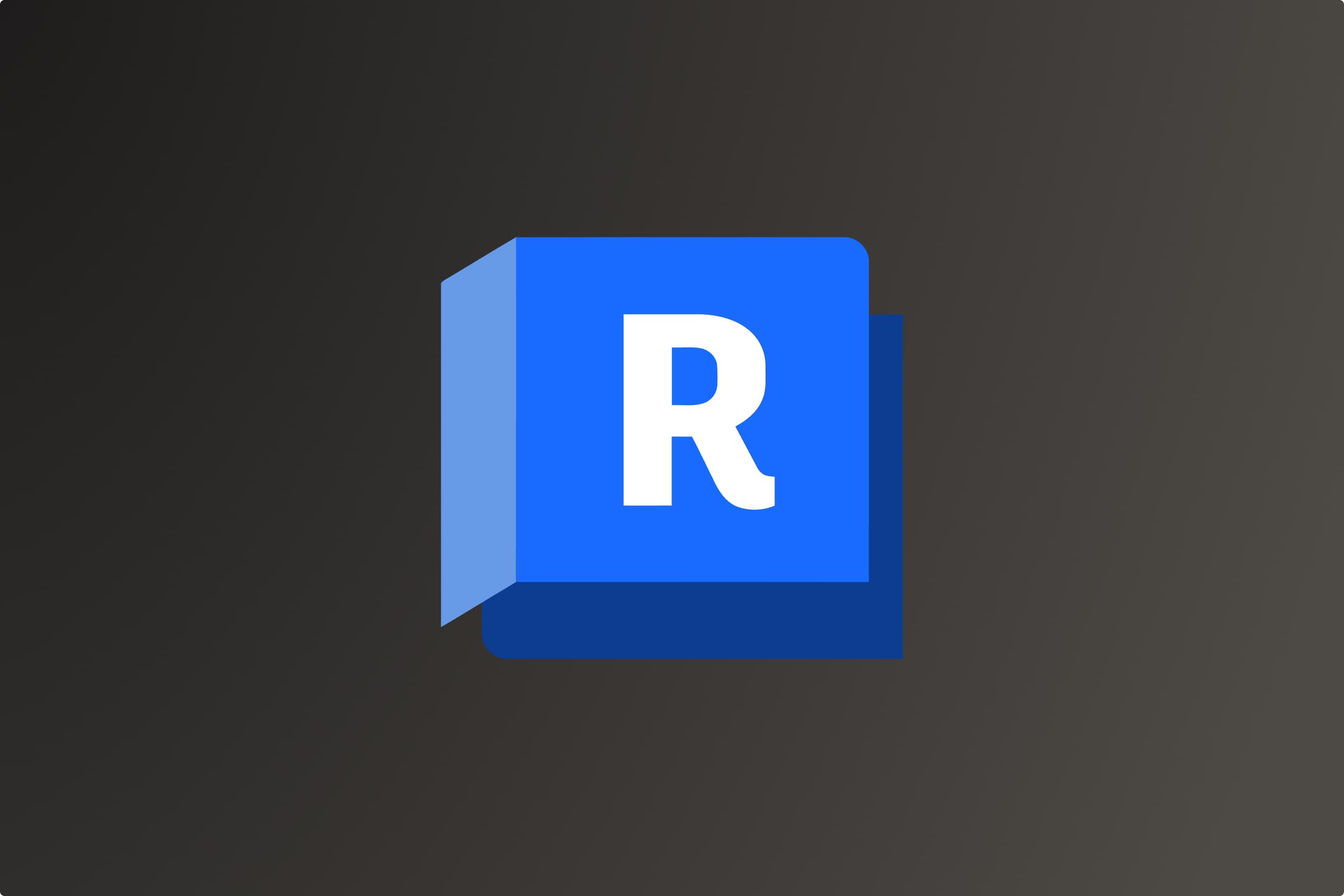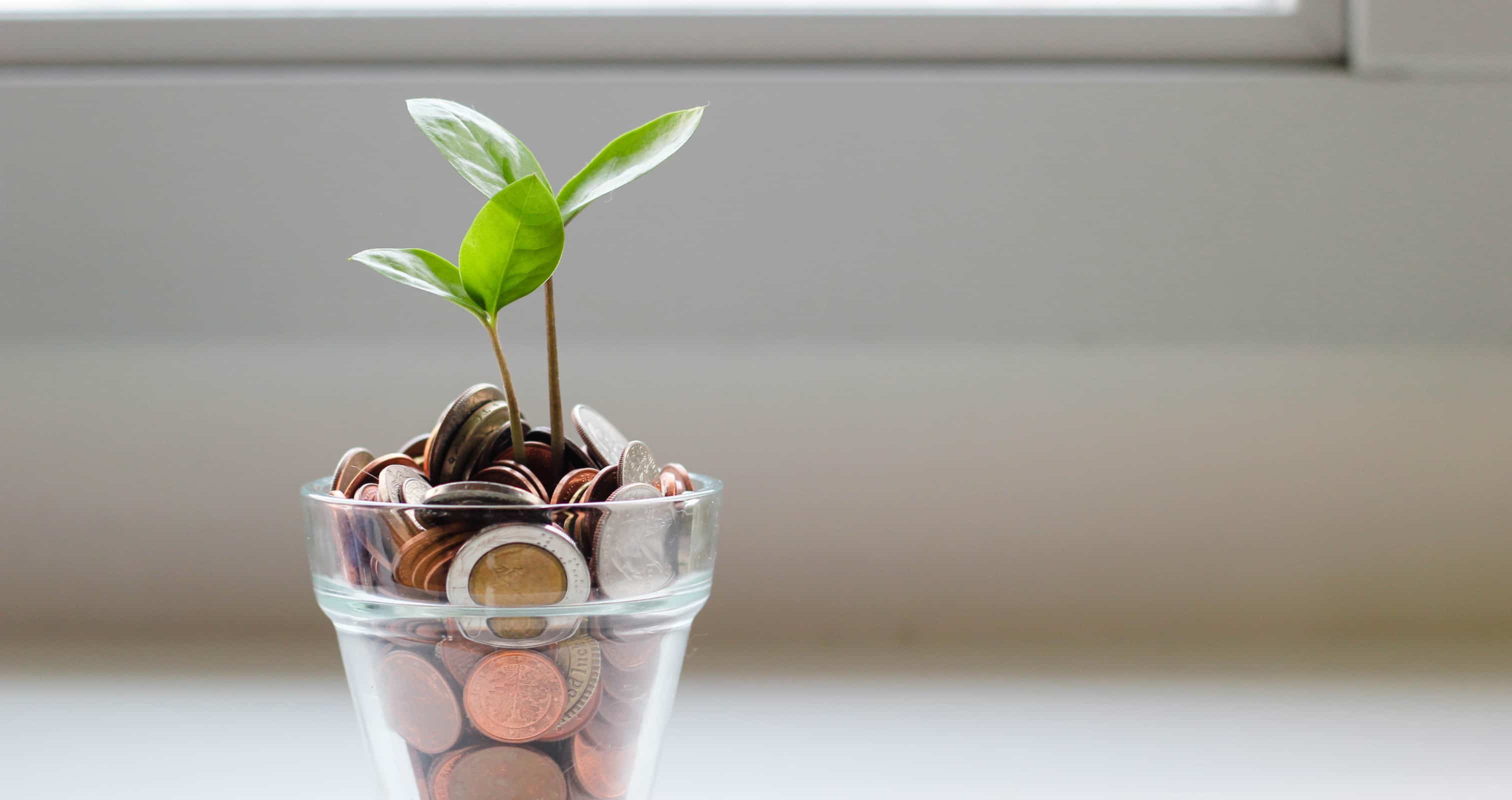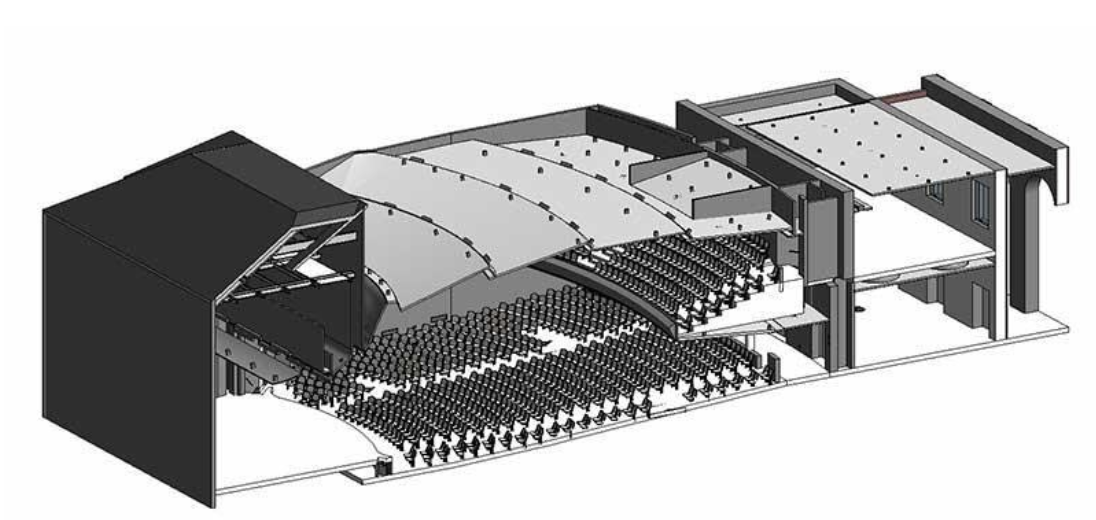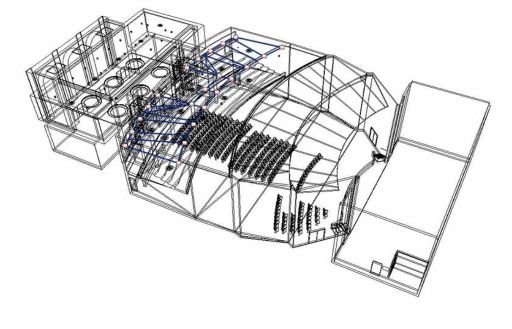In the ever-evolving landscape of architecture and design, staying at the forefront of technology is crucial. One such advancement that has significantly impacted the field is the use of 3D laser scanning and reality capture technology. A recent discussion with experts from Cadnetics, including CEO James Mauler, RCS Director Robert Johnson, VP of Technology Travis Johnson, and COO Ted Mort, shed light on the considerations architects and designers should make when leveraging these tools for creating existing condition documentation.
Understanding the Tools of the Trade
The landscape of 3D laser scanning and reality capture is populated with a variety of tools, each offering different levels of precision, functionality, and cost. As Robert Johnson explained, these tools vary significantly: “They differ in measurement technology, precision, functionality and cost .” For instance, many of the Matterport units use photogrammetry and structured light for 3D imaging that’s built for an easy to use workflow. This makes it user-friendly but less precise, suited for small indoor environments and low accuracy requirements. On the other hand, Faro and Leica provide higher precision and are better suited for large, complex projects that demand detailed accuracy.
This distinction is critical for architects and designers who must choose the right tool for their specific needs. James Mauler emphasized, “You need to use the right tool for the right job.” Architects using Matterport cameras for as-built documentation might find it suitable for smaller projects, but larger, more complex tasks require the precision and control offered by higher-end scanners.
Accuracy and Project Requirements
Accuracy is a fundamental consideration when selecting scanning tools. As Travis Johnson noted, “The difference is in the trust of the results. You pay for accuracy.” Architects and designers must consider both local accuracy (relative to a single scan) and overall accuracy (how all scans are integrated). For projects demanding high precision, Lidar-based systems are essential for achieving accuracy within half an inch. In contrast, less critical projects might suffice with photogrammetry-based systems that can have several inches of error over a short distance.
The discussion also highlighted the importance of understanding project requirements. Robert Johnson pointed out that factors such as project size, complexity, and required accuracy levels should guide the selection of scanning tools.
Workflow Integration and Expertise
Integrating 3D laser scanning technology into existing workflows can be challenging, especially for firms that do not use these tools regularly. High-end scanners require skilled personnel and an understanding of complex workflows, which can be a barrier for firms not specializing in reality capture.
James Mauler also highlighted the complexity involved in converting scan data to digital models. “There’s a whole science and art to just doing that,” he said, stressing that manipulating point clouds and converting them to usable formats requires specialized knowledge. This complexity underscores the value of partnering with experts like Cadnetics, particularly for firms that lack the internal resources to handle these tasks.
Risk and Quality Control
Quality control is paramount in ensuring the accuracy of scan data. Verifying the accuracy of the data can prevent costly errors down the line. Robert Johnson suggested that performing handheld measurements to double check the reality capture results across the overall space can help verify the information. Implementing verification processes is vital regardless of the technology used, as even the most advanced systems can have errors.
Travis Johnson highlighted the risks involved in using inaccurate data: “There’s almost no cap to what the cost is if things go wrong.” Errors in scan data can lead to significant delays and additional costs, particularly in construction projects where precision is critical. This risk management is another reason why partnering with specialized service providers can be advantageous.
When to Partner with Experts
For many firms, deciding whether to self-perform or partner with a service provider like Cadnetics comes down to cost and control. Self-performance offers full control and potential long-term savings but requires continuous workload, substantial initial investment, ongoing maintenance, and skilled personnel. Partnering with experts provides access to advanced equipment and up-to-date technology without the high costs and resource strain associated with self-performance.
James Mauler encapsulated this decision-making process: “If you’re not using it every day, the costs of machines, data processing, storage, and software make it hard to justify purchasing the equipment.” Partnering with a specialized service provider ensures that the right tools and expertise are available for each project, enhancing accuracy and efficiency.
Conclusion
Incorporating 3D laser scanning and reality capture technology into architectural practices offers numerous benefits, from enhanced accuracy to efficient project documentation. However, the complexities involved necessitate careful consideration of the tools and workflows used. Partnering with experts like Cadnetics ensures that architects and designers can leverage these advanced technologies effectively, ultimately leading to better project outcomes and client satisfaction.
Key Takeaways
- Tool Selection: Use the appropriate scanning tool for the project’s requirements to ensure accuracy and efficiency.
- Accuracy: High-precision projects should use Lidar-based systems, while less critical tasks can utilize photogrammetry-based systems.
- Workflow Integration: Understanding and integrating complex scanning workflows is a necessity to avoid bad data and requires specialized knowledge and training.
- Quality Control: Implement verification processes, independent of the reality capture system, to ensure scan data accuracy and avoid costly errors.
- Partnering with Experts: For firms not specializing in reality capture, partnering with experts like Cadnetics can provide the necessary tools and expertise without the high costs of self-performing.
If you are interested in exploring how these technologies can benefit your projects, reach out to Cadnetics for a comprehensive evaluation and expert guidance.



